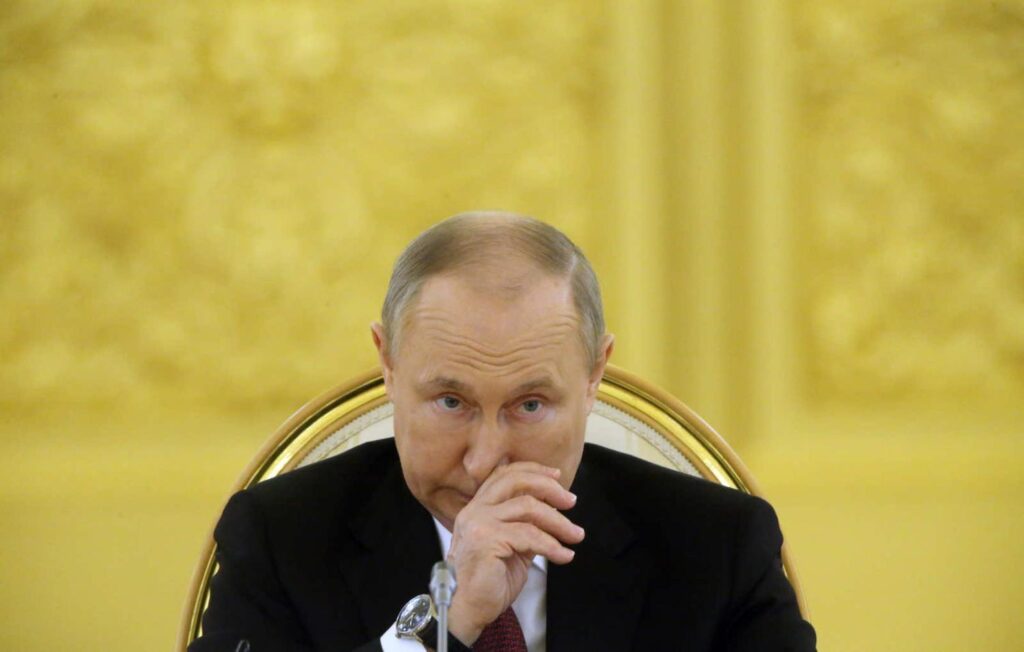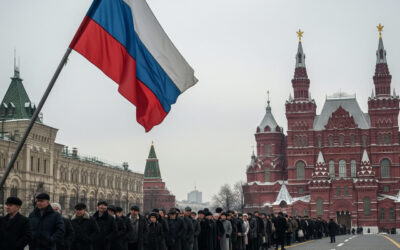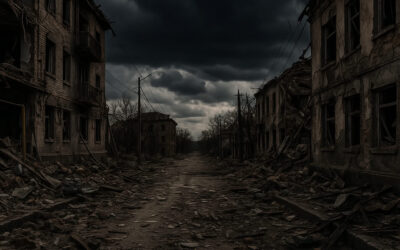The air around Vladimir Putin’s regime feels heavy these days, thick with the scent of decay. From the gilded halls of the Kremlin to the restless streets of Moscow, cracks are widening—some visible, others whispered about in cautious tones. As someone who’s watched authoritarian regimes rise and falter over decades, I can’t help but sense a tipping point approaching. Russia’s leader, once the unshakeable czar of a resurgent empire, now faces a storm of his own making. The question isn’t just whether his regime is weakening—it’s whether the West, and Ukraine’s allies, have the will to push harder while the foundation trembles.
What’s troubling is the growing fracture at the top. Reports from outlets like The Telegraph and the Jamestown Foundation paint a picture of elite discontent, a rare fissure in a system built on loyalty and fear. Rumors swirl of oligarchs eyeing the exits, perhaps sensing a ship taking on water. The case of a gold magnate fleeing earlier this month feels like a canary in the coal mine. Sanctions bite deeper, military setbacks pile up in Ukraine, and the propaganda machine—once a gleaming shield—struggles to mask the unraveling. A freed dissident’s stark warning from last year still echoes: Putin’s rule could collapse without notice. It’s tempting to dismiss such claims as wishful thinking, yet the evidence mounts.
Then there’s the chilling wave of deaths among Russia’s elite. In early July, Andrei Badalov, a Transneft vice-president, plummeted from a Moscow apartment window—officially a suicide, though the floor didn’t match his residence. Days later, Roman Starovoit, the sacked transport minister, was found shot near his car, a Kremlin-issued pistol beside him. Coincidence? Hardly. This isn’t the first time such “mysteries” have plagued Putin’s inner circle—since 2022, at least 13 officials have met similar fates. These aren’t accidents; they’re purges, silent warnings to those who step out of line. The irony of a regime-issued gun ending a minister’s life isn’t lost on anyone. It’s a signal: loyalty is disposable, and paranoia reigns.
This internal rot coincides with a military machine grinding under its own weight. Whispers of a summer offensive in Donbas, potentially mobilizing 700,000 troops, suggest desperation more than strength. Western intelligence and military bloggers hint at urban conscription, pulling in the affluent classes who’ve so far avoided the draft. The slow advance in Sumy and the staggering casualty toll—nearing a million—tell a grim story. Russia’s leadership seems to be betting on sheer numbers, yet the cost could ignite unrest. Not the Western-style protests we might hope for, but a mass exodus, as seen in 2023, or a revival of Stalinist terror to silence dissent. Some speculate the Gulag system is creeping back, not just to punish but to fuel war production. That should be a wake-up call.
The human toll gnaws at the conscience. Putin’s war, fueled by a militarized economy, drains Russia’s wealth while leaving its people to suffer. Alexei Navalny’s posthumous words linger: a leader who builds palaces but not loyalty. His death, like others, underscores a regime unafraid to eliminate threats. Yet the opposition’s narrative—that this is Putin’s war alone, not Russia’s—feels too tidy. Dissidents like Vladimir Kara-Murza and Yulia Navalnaya push to lift collective guilt, arguing the Russian people are victims too. Garry Kasparov counters with a harder truth: complicity, even passive, has enabled decades of imperial aggression. History backs him up—Russia’s cycle of conquest and denial spans centuries. Ignoring that complexity risks repeating it.
So where does this leave us? The Kremlin’s fragility is real, held together by fear and force rather than conviction. A loss of a few hundred key insiders could trigger a cascade—analysts at The Bell suggest as much. Putin’s response—purges, censorship, and mobilization—only deepens the strain. But will it fall? Not necessarily when he’s weakest materially, but when he loses the will to rule. That could come from overreaching paranoia, eliminating even loyalists, or yielding to aggressive insiders hungry for power. The balance is precarious, and the stakes are high.
For Europe and the West, tolerating this unraveling is no longer tenable. Silent complicity has cost too much—Ukrainian lives lost to nightly drone attacks, a war machine sustained by oil and gas revenues. Targeted sanctions must tighten, choking off the gray fleet and redirecting frozen Russian assets—some $300 billion—to support Kyiv. Closing the skies over western Ukraine would send a clear message: terror won’t prevail. Beyond that, information campaigns should hammer home the war’s human cost to Russians, eroding the regime’s credibility. True, urban elites already access much of this truth, yet action lags. More aggressive tactics—smuggling signals of dissent—might tip the scales.
Here’s the rub: Ukraine can’t hold the line alone forever, nor should it be asked to. Its resilience is heroic, but resources aren’t infinite. Expecting it to bear Europe’s security burden while we hesitate is immoral. This isn’t just another autocrat’s power play; it’s an authoritarian state teetering toward collapse. Our role is to accelerate those cracks, to tilt the momentum toward a reckoning with Russia’s militaristic past. The alternative—letting Putin stabilize—invites more aggression.
As July stretches on, with planned visits to Lviv, Kyiv, and Odesa on the horizon, the urgency feels palpable. These cities, scarred yet defiant, embody the fight ahead. Putin’s regime may not fall tomorrow, but the signs are there: a leader losing control, an elite fracturing, a people restless. The West must act decisively—not out of blind optimism, but from the hard-earned recognition that inaction now could prolong a war we all have a stake in ending. The Kremlin’s walls are cracking. It’s up to us to ensure they don’t stand again.



